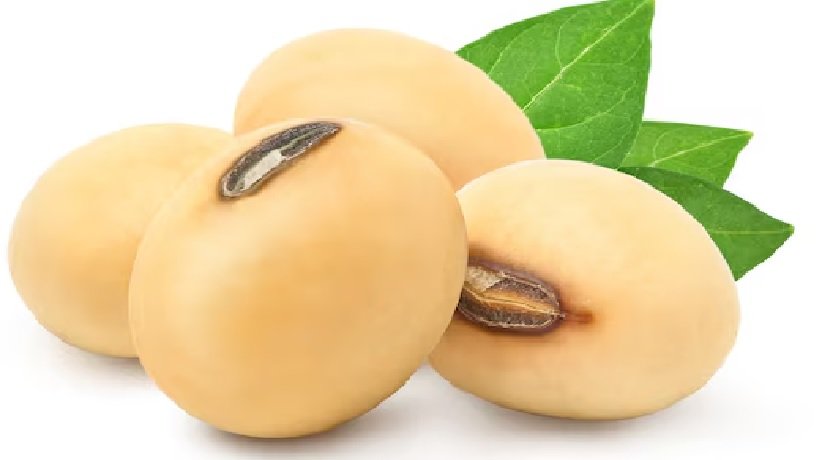The challenge of oilseed-oil mission will increase due to farmers' inclination towards maize instead of soybean.
16-Dec-2024 01:15 PM

The increasing focus on maize cultivation in India, particularly due to its growing use in ethanol production, is posing a challenge to the country's National Oilseed Mission.
This shift could lead to a reduction in the area allocated for oilseeds, especially soybeans, which may negatively impact efforts to boost domestic oilseed production.
In the current Kharif season, maize production area has grown significantly, and this trend is expected to continue into the Rabi season.
The growing demand for maize, driven by its role in ethanol production, is resulting in better prices and higher incomes for farmers, making maize cultivation more attractive.
This has led to a decrease in the cultivation area of oilseeds, including soybean, in states like Madhya Pradesh and Maharashtra, which are traditionally the major producers of soybeans.
Experts warn that if the maize cultivation area continues to expand, it could reduce the area under oilseed crops, which would undermine India's efforts to reduce its dependence on edible oil imports. India is the largest importer of edible oils in the world, and the country spends a significant amount on these imports.
To address this, agricultural experts stress the need for a balanced crop production strategy that does not prioritize one crop over another, as it could further aggravate India's oilseed production deficit.
While ethanol production is crucial for energy security, expanding maize cultivation at the expense of oilseeds may not be sustainable.
Maintaining a stable area for both food and cash crops, including oilseeds, is necessary to ensure food security and reduce the nation's reliance on imports.
